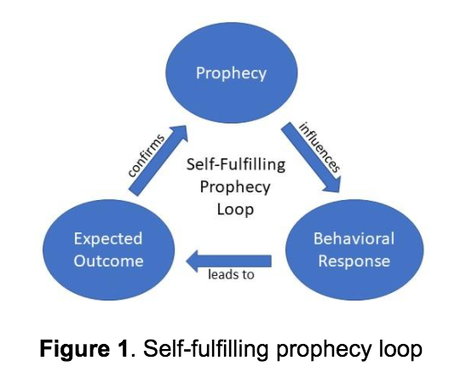Uma reflexão interessante de Peter Fader que vai ao encontro do que me sinto obrigado a fazer na prática, apesar do que escrevo aqui ao longo dos anos:
"the basics of customer centricity are to identify, research, serve, and profit from the most valuable customers your company has-what we call the "right" customers. It is a simple idea that, admittedly, is not so simple to implement. And that's because the adoption of customer centricity demands nothing less than a complete restructuring of your organization that will position it to serve precisely the right customers at the expense of pretty much everything else.
...
When I teach customer centricity, it doesn’t take long for my students to begin asking that very question or some version of it. “If we are to concern ourselves only with the right customers,” they ask, “what exactly are we supposed to do with the rest of the customers? Should be ignore them? Push them away? Fire them?
The answer to all of those questions, of course, is no. Because even though I’ve spent nearly 10,000 words telling you all of the reasons why the product-centric model is old and dangerously vulnerable to a changing global marketplace, I will now admit that even if you create the most thoroughly customer-centric company that has ever existed, you will still need to be product-centric in a significant way.
...
Yes, you want those other customers to stick around. You want them to buy your products and services. You want them to provide the steady influx of cash that will allow you to continue your work toward capitalizing on the right customers. You want these other customers to keep right on being your customers; you just don’t want to burn any calories worrying about them. What I’m suggesting here is that you should view these other customers as low-hanging fruit. They are easy money. They are, in essence, the ballast that will allow you to continue on your path to long-term customer-centric success. In that sense, they remain every bit as important to your company as the right customers.And while those right customers get your best efforts, the others don’t. And no, there’s nothing wrong with that. From a strictly business perspective, in fact, it’s the right way to do things. I always stress to my students that the decision to become a customer-centric company is most certainly not a decision to become a boutique company. We in the customer-centric world are not downsizers. We don’t want to shrink our customer pool or limit profits. Rather, we are simply interested in allocating our resources in the most efficient way possible. Again, let us remember the point on which we began this chapter: the goal of a customer-centric firm is precisely the same goal of a product-centric firm. The goal is to make money-lots of money-for the long term. To generate enormous profits. To grow. To create shareholder value.
...
We want those other customers to keep coming back, so long as they don't cause any trouble, don't waste our time, and don't cost us a single cent more than it takes for us to keep them coming back. We customer-centric types acknowledge that we are better off spending our time worrying about the right customers, not whether one of the other customers stays or goes. That is why customer centricity is different than product centricity."
O problema é que muitas vezes as empresas gastam demasiados recursos com clientes que não são os clientes-alvo. [Moi ici: Ás vezes acontece-me isto, mais vezes do que gostava. Embora na prestação de serviço seja diferente. Por vezes, funciona como um investimento no desenvolvimento de algo que depois pode ser trabalhado e adaptado aos clientes-alvo] O problema é que muitas empresas, demasiadas, perdem dinheiro, literalmente, com clientes que não são os clientes-alvo.
Trechos retirados de "Customer Centricity: Focus on the Right Customers for Strategic Advantage (Wharton Executive Essentials)" de Peter Fader.














.jpg)








%2006.21.jpeg)












